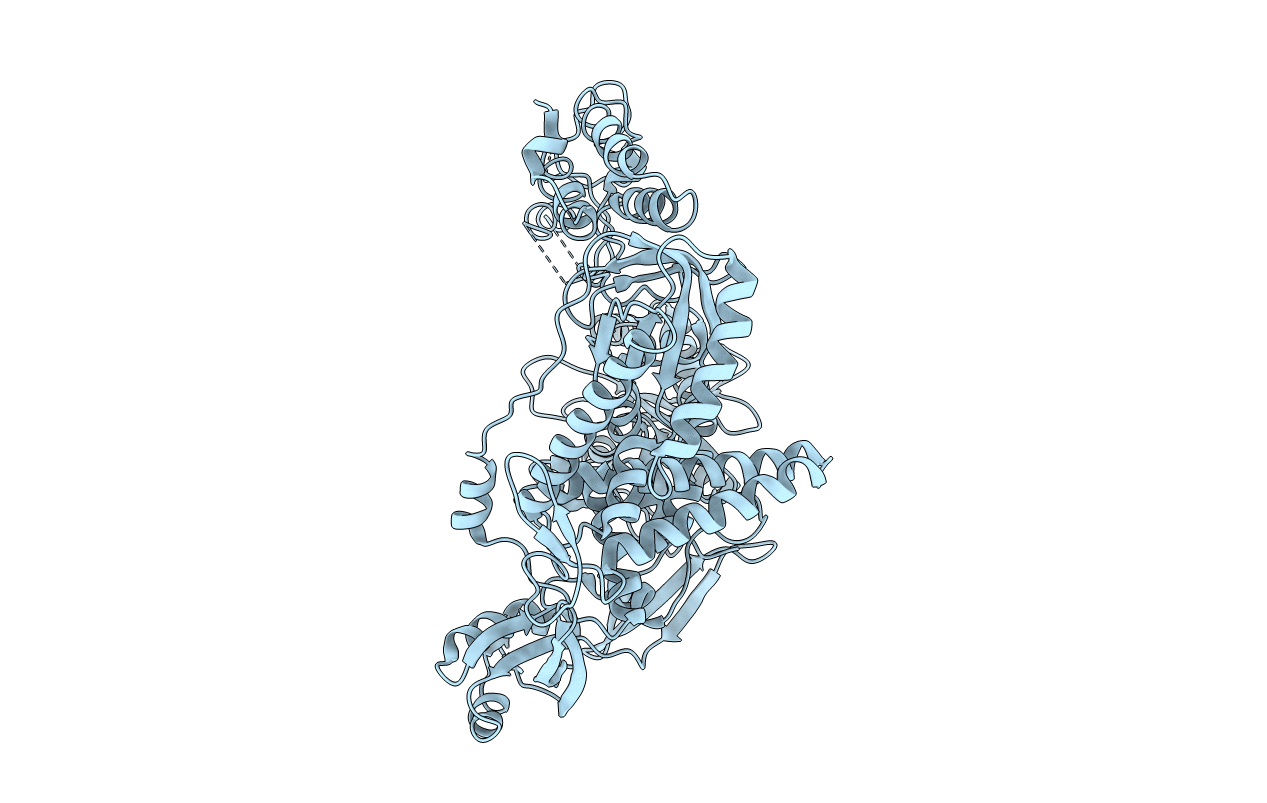
Deposition Date
2004-08-09
Release Date
2004-08-17
Last Version Date
2024-11-06
Entry Detail
PDB ID:
1WNS
Keywords:
Title:
Crystal structure of family B DNA polymerase from hyperthermophilic archaeon pyrococcus kodakaraensis KOD1
Biological Source:
Source Organism:
Thermococcus kodakarensis (Taxon ID: 69014)
Host Organism:
Method Details:
Experimental Method:
Resolution:
3.00 Å
R-Value Free:
0.31
R-Value Work:
0.23
R-Value Observed:
0.23
Space Group:
P 21 21 21


